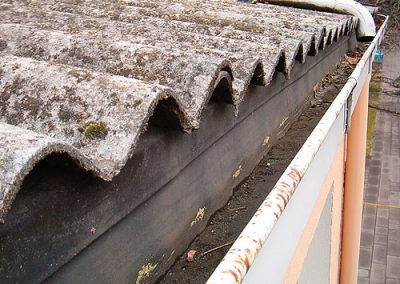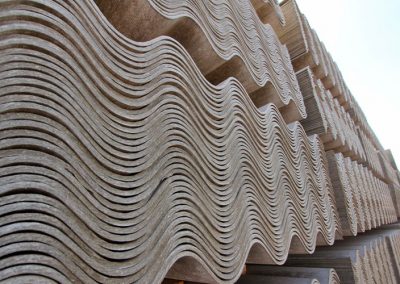Asbestos convention

Keywords: technology | work environment | Ambient air | Contamination | Environmental pollution | sustainability
Funding: Ministry of the Environment and Protection of the Territory and the Sea Directorate General for Waste and Pollution
Period: May 2016 - May 2018
Total project budget: ---
Total budget CNR IIA: ---
Scientific Responsible: Francesco Petracchini
Abstract of the project
The Collaboration Agreement signed on 25 November 2015 between the Ministry of the Environment and the Protection of the Territory and the Sea General Directorate for Waste and Pollution Via Cristoforo Colombo, 44 00147 - Rome (RM) and the Institute on Atmospheric pollution of the National Research Council (CNR-IIA). This agreement was approved by directorial decree RINDEC-20016-4 “Development of an innovative methodology for the inertization of asbestos, reduction of harmful emissions and analysis of the overall supply chain”.
Asbestos and the materials that contain it can be converted into other non-hazardous substances, as long as a “crystal-chemical” transformation is carried out, that is to modify those chemical and physical characteristics that make the fibers dangerous. To achieve this objective, we intend to carry out a laboratory-scale experimentation that provides for the complete abatement of gaseous emissions, in order to obtain harmless solid residues.
The project proposal in question aims to implement, through the use of patents already available at national and international level, an asbestos inertization chain.
The project proposal in question aims to implement, through the use of patents already available at national and international level, an asbestos inertization chain.
In this project we want to make the whole process a "closed cycle", ie without dangerous emissions into the atmosphere and without the production of treatment waste.
The central element of the project is therefore the realization and certification by the CNR-IIA of a treatment cycle that provides for the complete abatement of gaseous emissions and the total recovery of roasting ashes in the same cycle as an additive for absorption. climate-altering gaseous emissions. These abatement and recovery systems will be useful not only in the management of future asbestos treatment plants but also for waste incineration or pyrolysis plants, where the problems of atmospheric pollution and ash production pose problems of management and environmental sustainability. still not resolved.
During the project, CNR-IIA will interact with companies that have developed state-of-the-art patents in this area throughout the country and will develop joint tests and projects in order to size the supply chain in question.
The central element of the project is therefore the realization and certification by the CNR-IIA of a treatment cycle that provides for the complete abatement of gaseous emissions and the total recovery of roasting ashes in the same cycle as an additive for absorption. climate-altering gaseous emissions. These abatement and recovery systems will be useful not only in the management of future asbestos treatment plants but also for waste incineration or pyrolysis plants, where the problems of atmospheric pollution and ash production pose problems of management and environmental sustainability. still not resolved.
During the project, CNR-IIA will interact with companies that have developed state-of-the-art patents in this area throughout the country and will develop joint tests and projects in order to size the supply chain in question.
CNR-IIA
Valerio Paolini
Lucia Paciucci
Alessandro Bencini
Marco Secret



